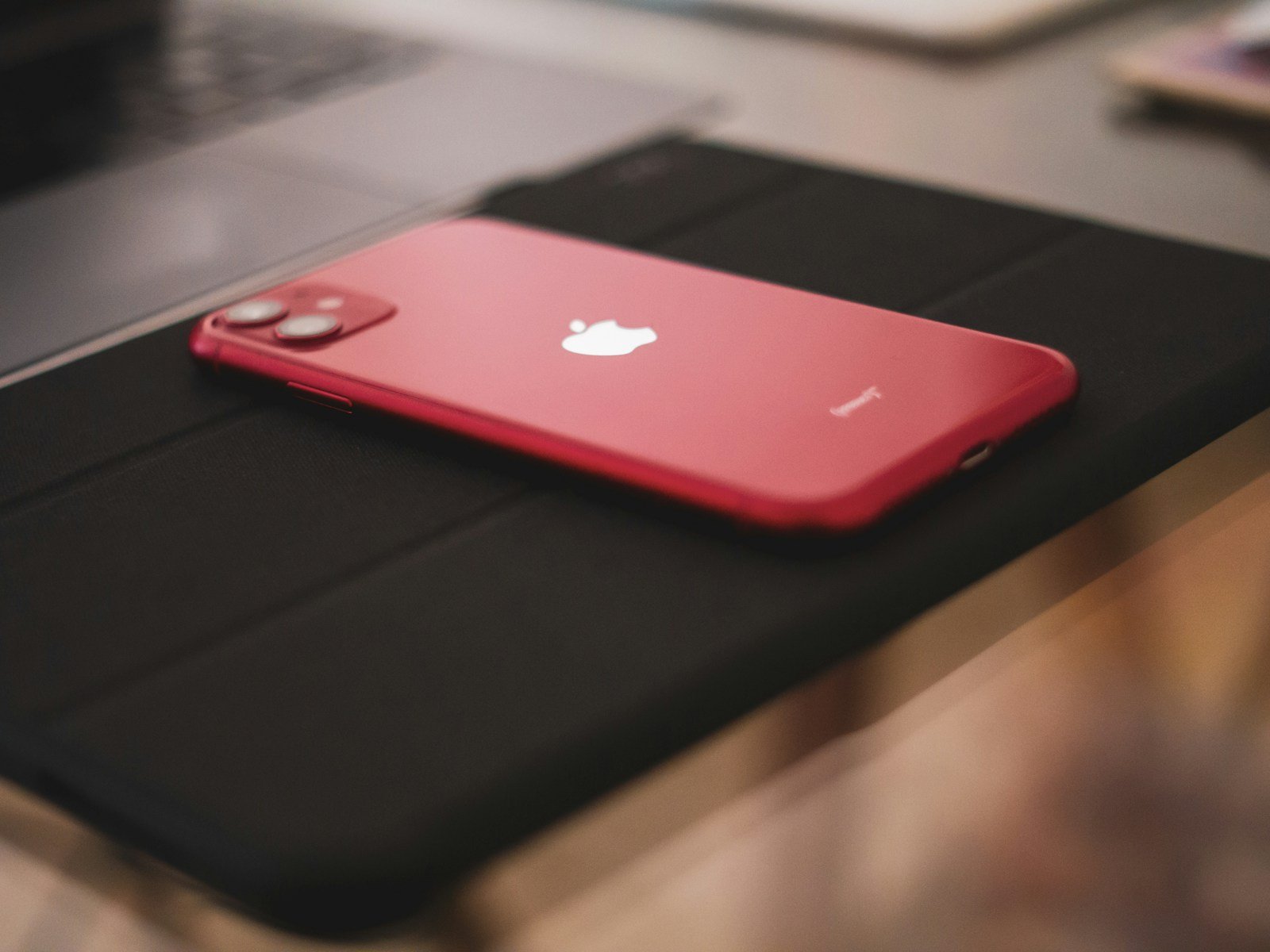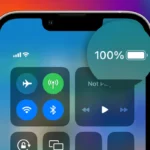The “i” in iPhone has intrigued users since the device’s debut. When Steve Jobs introduced the iPhone, he was building on a legacy that began with the iMac. The prefix “i” stood for a suite of values that Apple embodied: internet connectivity, the individual user experience, instructive technology, information dissemination, and inspirational design. These values have been central to Apple’s innovative approach to its products.
The iPhone revolutionized mobile phones by focusing on internet-capable functionalities and user-friendly interfaces that allow individuals to access a wealth of information and communicate effortlessly. Apple’s use of the “i” branding marked a commitment to teaching users new ways to interact with technology, informing them with accessible content, and inspiring them with cutting-edge designs.
What Does the “i” in iPhone Stand For?
The “i” in iPhone originally stood for “internet.”
When Apple first introduced the iMac in 1998, Steve Jobs explained that the “i” represented the device’s ability to connect to the internet easily — a major innovation at the time.
However, Jobs also revealed that the letter had multiple meanings beyond just “internet.” During the iMac’s launch presentation, he showed a slide listing five key words:
- Internet
- Individual
- Instruct
- Inform
- Inspire
These words captured Apple’s broader philosophy — combining connectivity with creativity, education, and personal empowerment (sources: How-To Geek, iPhone Life).
📱 How the “i” Spread Across Apple’s Products
After the iMac’s success, Apple extended the “i” branding to other products:
- iPod (2001) – portable music player
- iPhone (2007) – smartphone revolution
- iPad (2010) – tablet computer
- iTunes, iCloud, and others followed
The lowercase “i” became synonymous with Apple’s sleek, user-centered design and its focus on connecting people through technology.
🌍 Why It Still Matters Today
Even though the “i” branding has faded in newer products like the Apple Watch and Apple TV, it remains a powerful part of Apple’s legacy. The “i” symbolizes the company’s early mission — bringing the internet and individual creativity together in one simple, elegant device.
✅ In Summary
| Meaning | Description |
|---|---|
| Internet | Easy access to the web, the original intent |
| Individual | Personalized technology for each user |
| Instruct | Educational and learning potential |
| Inform | Access to knowledge and communication |
| Inspire | Encouraging creativity and innovation |
In short: The “i” in iPhone stands for much more than just “internet.” It represents Apple’s vision of connecting technology with individuality, learning, and inspiration — a philosophy that continues to define the brand today.
Key Takeaways
- The “i” in iPhone reflects Apple’s commitment to internet, individuality, instruction, information, and inspiration.
- Apple consistently integrates these values in the iPhone’s design and features.
- Steve Jobs emphasized these concepts when he introduced Apple products.
The ‘I’ in Apple’s Product Line
The ‘I’ in Apple’s products like iPhone, iPad, and iMac stands for more than just a letter. It reflects the company’s vision for personal computing.
Origin and Branding
The ‘I’ first appeared with the iMac in 1998. Ken Segall, an ad agent for Apple, suggested ‘iMac’ when the company was seeking a name for its new computer. The ‘I’ in iMac set the stage for branding that would extend to a range of Apple products, including iPod, iPad, and iPhone. Segall pinpointed that ‘I’ could stand for Internet, signaling the ease of connecting to the web. He also linked it to other words like individual, instruct, and inspire, which speak to the personal and educational capabilities of Macintosh computers.
Technological Significance
Beyond branding, the ‘I’ underscores the personal relationship people have with their devices. It’s a nod to the individual user. Personal devices like the iPhone offer ways to inform and instruct, aligning with Steve Jobs’ original vision. Moreover, the Internet connectivity, once a marquee feature, is now a fundamental expectation in Apple devices. This Internet capability opened the door to a myriad of services like iCloud that keep users connected and backed up across their devices.
iPhone Features and Technologies
The iPhone has consistently been at the forefront of mobile technology, integrating advanced features that enhance connectivity and user experience. Its development over the years has seen improvements that keep it competitive in the fast-moving tech industry.
Innovations in Connectivity
Apple’s iPhone supports a range of cellular networks including 2G (EDGE and GPRS), 3G (UMTS and EV-DO), 4G LTE, and the latest 5G technologies. This ensures that the device can maintain high-speed internet access and reliable communication across various locations and network types. The introduction of 5G and 5G E has notably increased internet speeds, and iPhones now also offer Wi-Fi calling and Personal Hotspot features, allowing greater flexibility in how users connect.
- LTE Network: Supports faster download and upload speeds.
- Wi-Fi Calling: Allows phone calls over Wi-Fi connections.
- Personal Hotspot: Enables sharing of internet connection with other devices.
Advanced connectivity options like VPN and Emergency SOS via satellite ensure secure network activity and help in critical situations. The control over connectivity is further enhanced by settings like Airplane Mode and the ability to lock network settings.
User Interface and Accessibility
Apple’s iPhones are renowned for their simple and intuitive user interfaces. The iOS operating system is designed to be accessible, offering features such as VoiceOver for the visually impaired and TTY support for the hearing impaired. iPhones come equipped with a range of sensors that allow for features like Orientation Lock, which keeps the screen from rotating when the device is moved.
- Control Center: Provides easy access to settings including Wi-Fi, Bluetooth, and Do Not Disturb.
- Lock Screen: Displays notifications, Status Icons, and provides quick camera access.
- Battery Indicators: Show the Battery Level and indicate when Low Power Mode is activated.
Additionally, Siri enhances accessibility by allowing users to use voice commands to operate their devices. Emergency SOS can be activated with simple gestures, and CarPlay improves the use of iPhones in vehicles. Through both hardware and software, iPhones cater to a broad audience with diverse needs.







